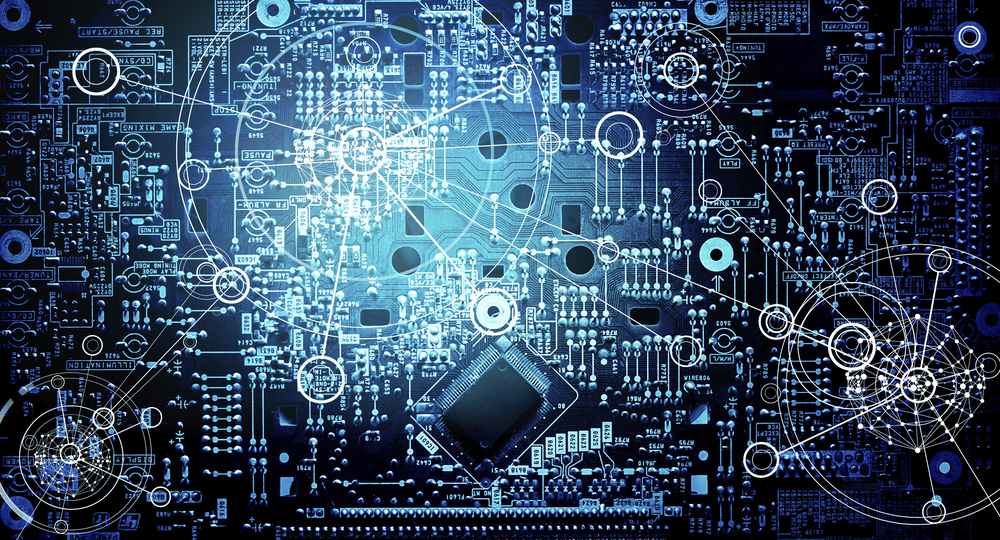![]()
Government IT is racing toward Internet of Things (IoT) adoption. Reports show that federal IoT spending rocketed 20 percent to almost $9 billion last year, and tripled from 2011 to 2015.
This money is not being spent on self-aware coffee makers or refrigerators. The Department of Defense is investing in unmanned systems on the ground, in the air, and on the sea. Warfighter uniforms now include sensors to help diagnose injuries. State and local governments are creating “smart cities” that, according to Gartner, will include 9.7 billion connected things by 2020.
All of this is happening while government IT professionals are already coping with overloaded networks. Agency systems are inundated with smartphones and other personal computing devices, and administrators are only now recovering from the initial impact of BYOD. But IoT promises a whole new level of complexity, one that will undoubtedly make the smartphone sprint feel like a nice, relaxing jog through the park.
IoT also introduces a host of new security risks that must be mitigated. When smartphones first became popular, IT managers only had to worry about fortifying their networks for a handful of operating systems, but IoT is far different. There are millions of potential connected devices out there running on thousands of disparate OS’s. These are creating more endpoints and users for IT administrators monitor.
Then, there’s the data. Connected devices supply a lot of it. That’s useful for command centers monitoring troop movements and soldiers’ health statuses. Unfortunately, all of that data can be like a tsunami on top of the tidal wave of information that’s already flooding government networks; it’s tough to manage, and difficult to keep secure.
IT professionals at all public sector agencies can ensure that their infrastructures are prepared for this wave by employing a few basic strategies.
Closely monitor all traffic. IoT traffic monitoring should center on application awareness, more so than simple traffic monitoring and management. Administrators should closely analyze network latency, response time, and the impact of network performance on applications.
Rapid response time is critical to maintaining the effectiveness of IoT applications – even more so than traditional bandwidth-hogs, such as video – so maintaining optimal quality of service (QoS) will be very important. To that extent, administrators should also employ QoS monitoring that will allow them to quantify bandwidth consumption for different applications.
Develop a security protocol. IoT is based on an extremely complex ecosystem consisting of different devices, platforms, data, and more. Achieving locked-down security will be a challenge, but the following actions can help.
First, administrators should consider automating their network processes. Network automation solutions can quickly address problems as they arise and help reduce response times. This can mitigate network downtime and the potential damage that can arise from security breaches.
Then, they should implement security information and event management (SIEM). SIEM helps network administrators detect suspicious activity on their networks. With SIEM, they can receive real-time alerts and access to forensic logs to identify and address potential issues.
Finally, administrators must establish new privacy policies regarding technology use. IoT is a whole new world that goes far beyond approved iPhones and Android devices. IT professionals will need to establish new white lists of devices and technologies authorized for use. This is especially true of commercial off-the-shelf devices and software.
Harness and parse data. This will be for naught if there’s no viable way to parse the data. Large amounts of information must be transformed into concise, bite-sized chunks that can be used for everything from troubleshooting network problems, to keeping cities eco-friendly, to saving lives.
As such, adopting IT Operations Analytics (ITOA) will become very important, as agencies seek ways to harness their analytical data and make it actionable. ITOA can provide a comprehensive view of the entire IT environment and allows agency IT personnel to extract and analyze data from all of their various resources. Correlating data from different sources can help agencies make better sense of that data and how it all works together.
All of this information will undoubtedly improve productivity and enhance operations, but government IT managers clearly need to be ready. BYOD was the training course; IoT is the main event.
Joe Kim is part of the GovLoop Featured Blogger program, where we feature blog posts by government voices from all across the country (and world!). To see more Featured Blogger posts, click here.





Leave a Reply
You must be logged in to post a comment.